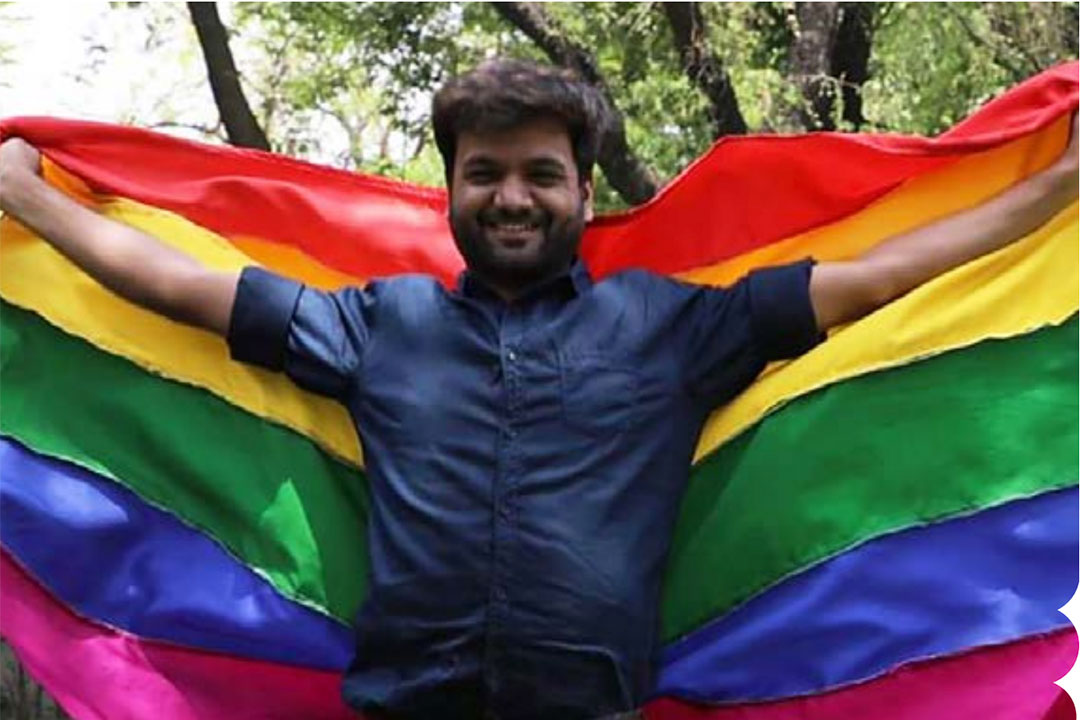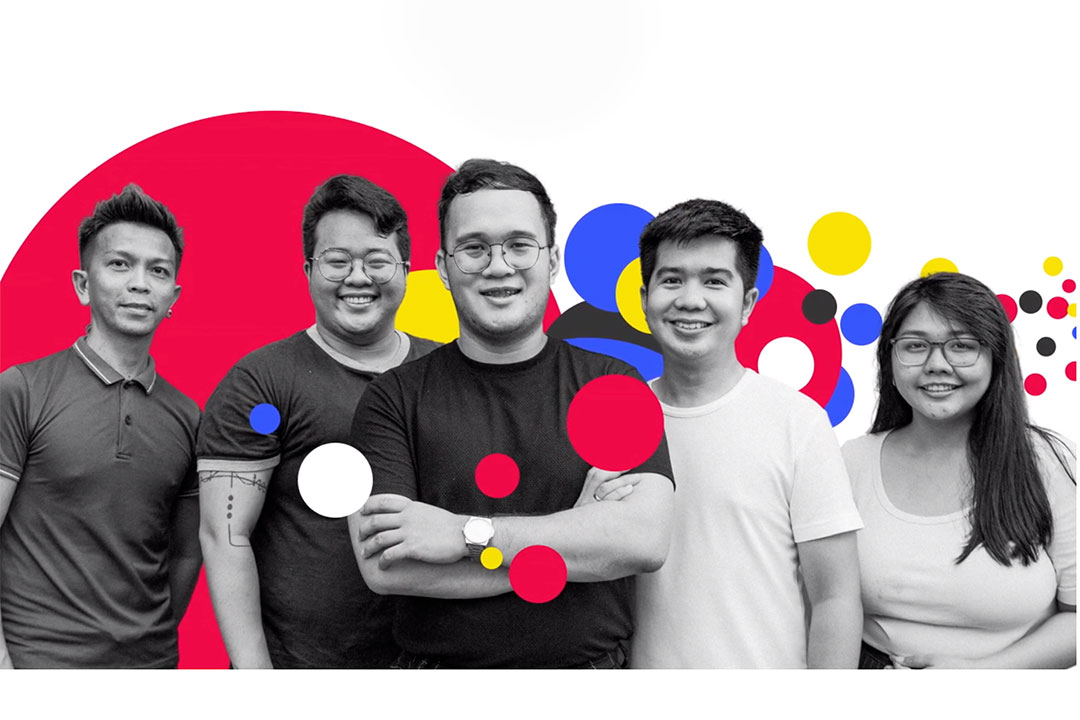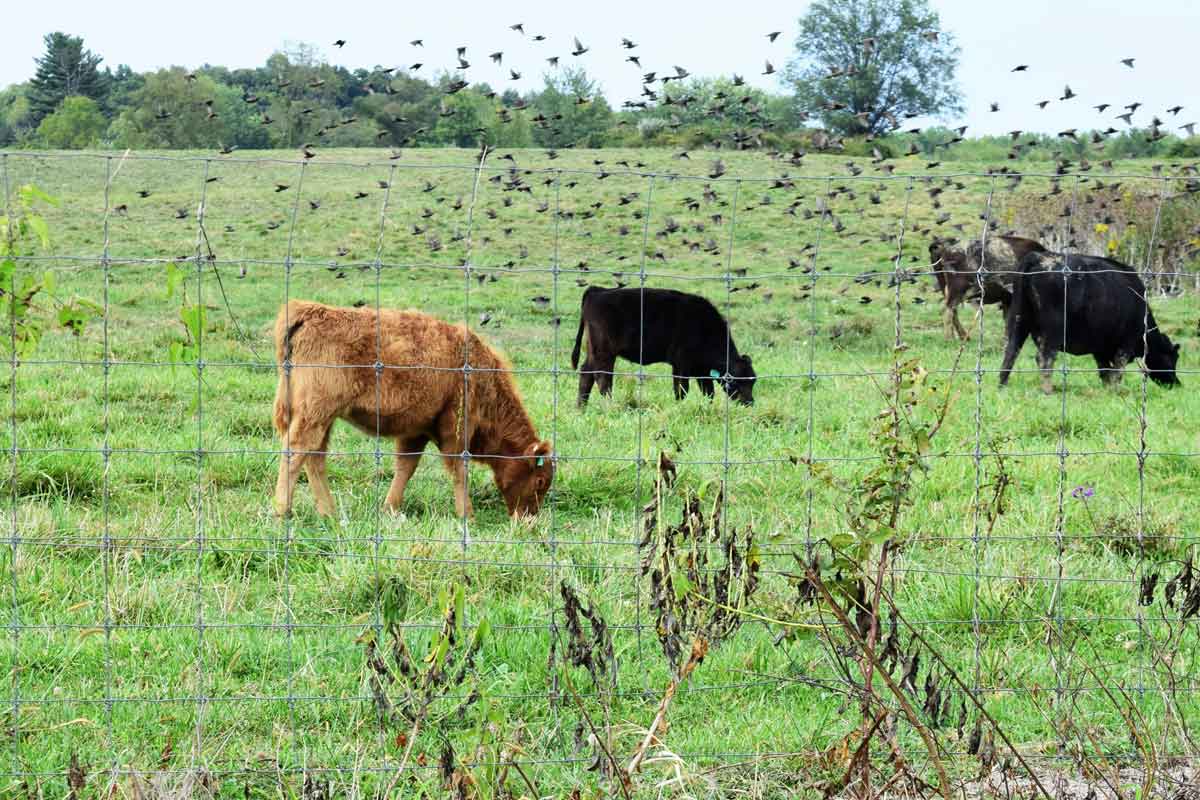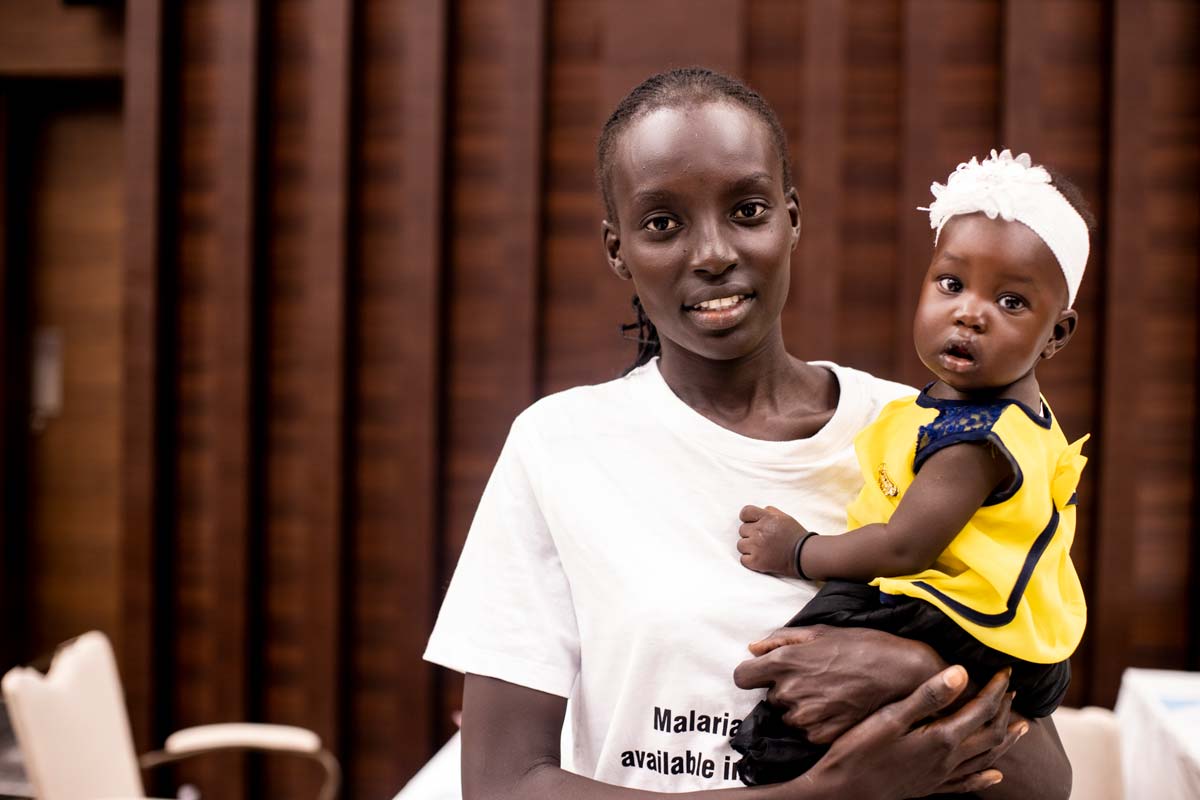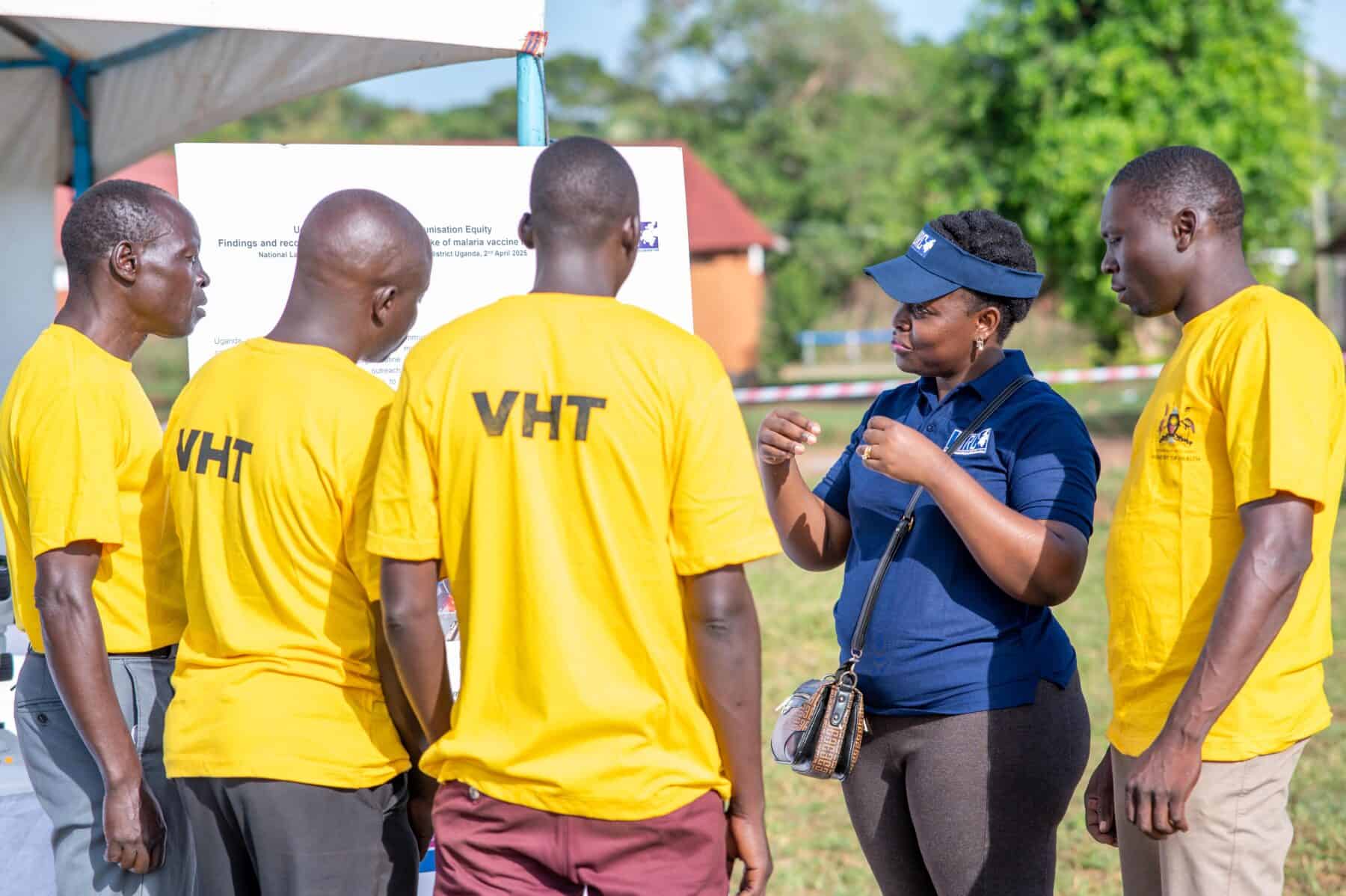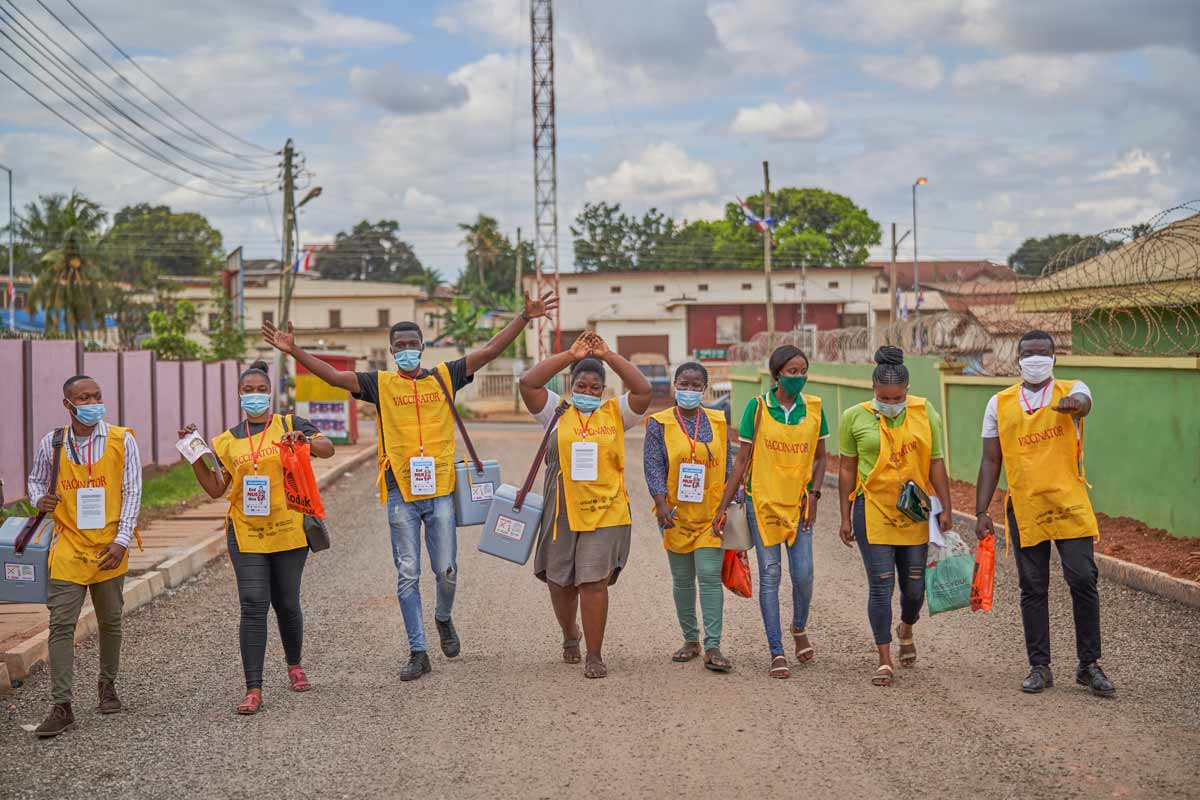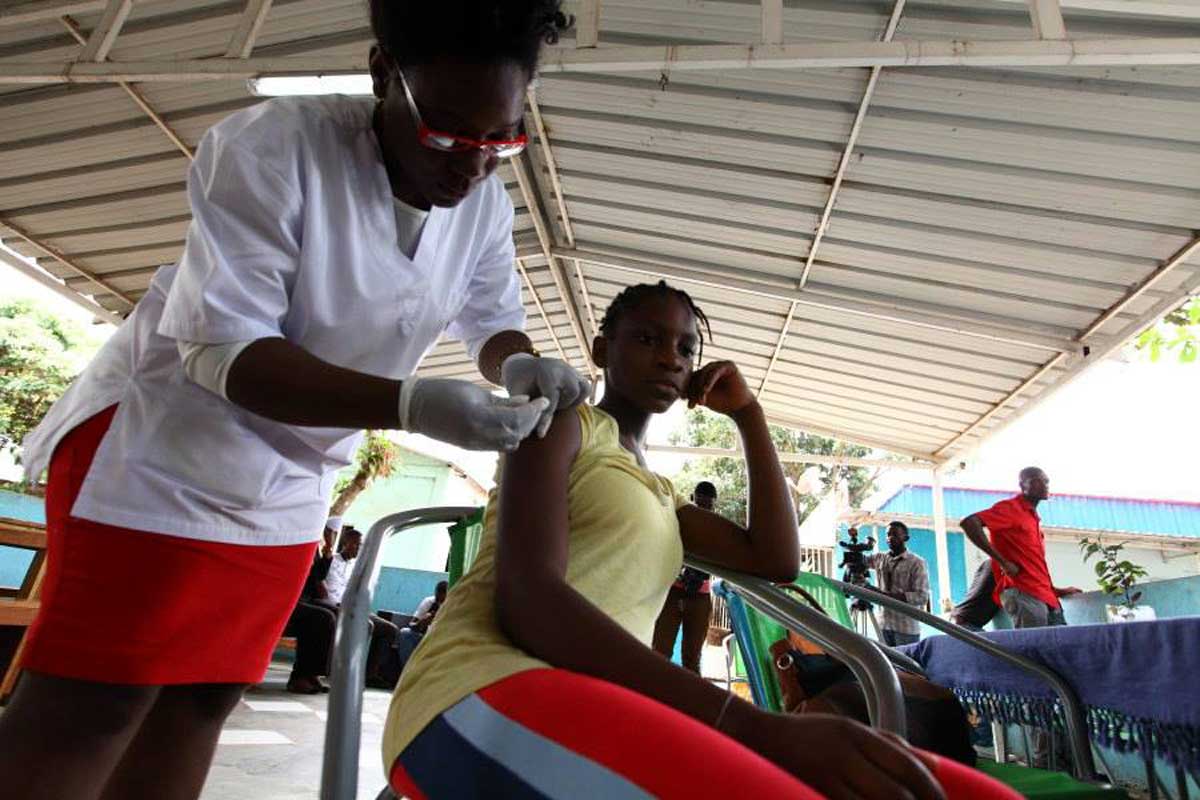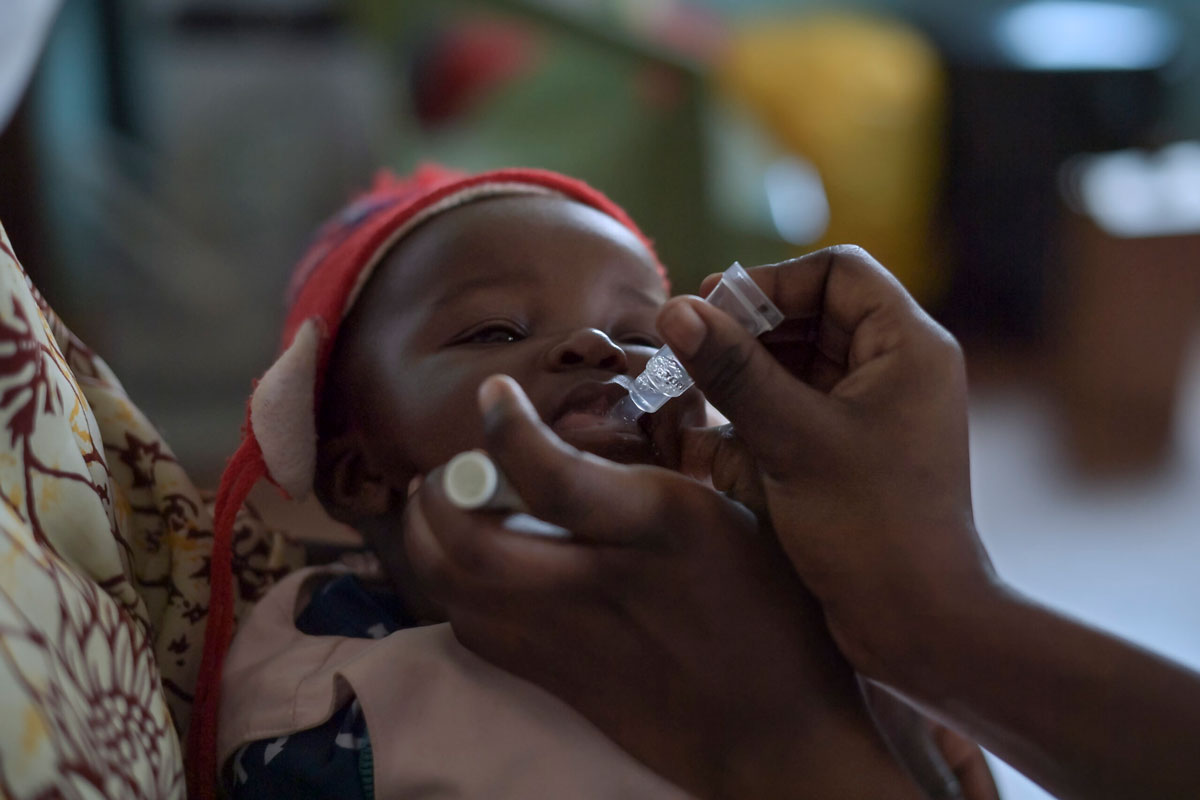Equipped with Cutting-Edge Tools, Heroic Health Workers Lead the Charge Against TB in Iraq
And these efforts are working. According to the World Health Organization, there has been a near 10% decrease in deaths due to TB in Iraq between 2015 and 2022.
- 24 March 2025
- 4 min read
- by The Global Fund
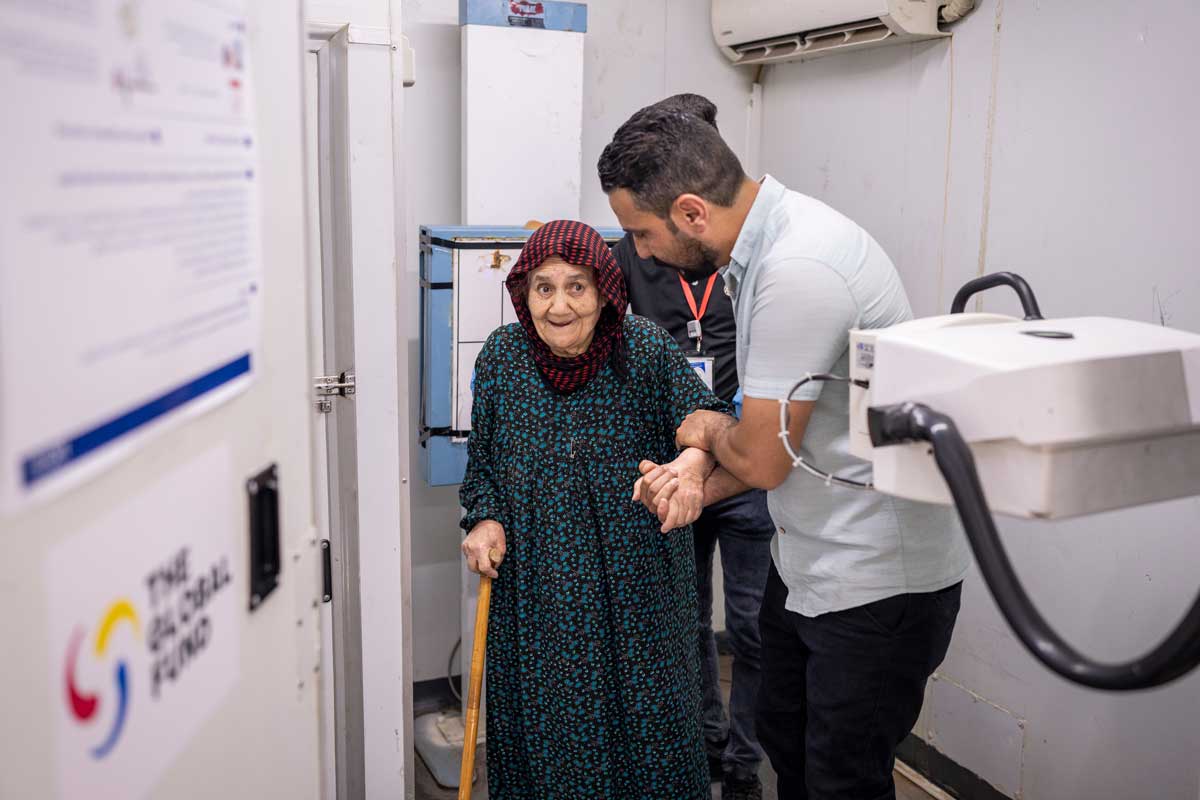
For years, Dr. Bashar Hashim Abbas, manager of the National Tuberculosis Program in Mosul, Iraq, worked from unair-conditioned trailers, under bombardment and without adequate supplies and equipment to protect him from infection.
People in Iraq have lived through several deadly conflicts for decades now, and – like all conflicts – the impact has been catastrophic for health. Vital infrastructure like hospitals, clinics and labs have been damaged or destroyed, doctors and other health workers have fled the country and disease has spread rapidly.
Iraq has become home to one of the region’s highest tuberculosis (TB) burdens, including the persistent and deadly threat of drug-resistant TB.
Dr. Abbas was displaced from his home. And all around him, he could see how people’s health deteriorated due to lack of reliable access to basic health services.

Today, stability is returning to some parts of the country. But in many regions in Iraq, water, electricity and other basic services are inadequate, and extreme heat and drought linked to climate change contribute to food insecurity and population movement – all of which increase the risk of TB.
Despite these monumental challenges, Iraq’s National TB Program and the International Organization for Migration (IOM) – supported by investments from the Global Fund – are making progress to overcome the disease.
This includes establishing a network of diagnostic facilities equipped with GeneXpert machines that can analyze sputum samples for TB, building a centralized digital health database called DHIS2, and equipping outreach teams with mobile X-ray machines to screen people for TB.
The X-ray machines are easily transported to prisons, nursing homes and other remote and at-risk communities, and use artificial intelligence to rapidly read results, screening people for TB in seconds.
Equipped with new, cutting-edge tools and technologies, health care providers like Dr. Abbas can reach more people across the country to test for, treat and prevent the disease.
And these efforts are working. According to the World Health Organization, there has been a near 10% decrease in deaths due to TB in Iraq between 2015 and 2022.

Fawaz Elias Ali lives with his family in Mosul. He is a tall man, whose clothes hang over his stick-thin frame. He was once a powerfully built construction worker, but in 2021 he developed a cough, fever, body aches, vomiting and loss of appetite.
“I was shocked, I couldn’t leave my house, I couldn’t move,” Fawaz says. “I thought I was going to die.”
Fawaz was diagnosed with drug-resistant TB.
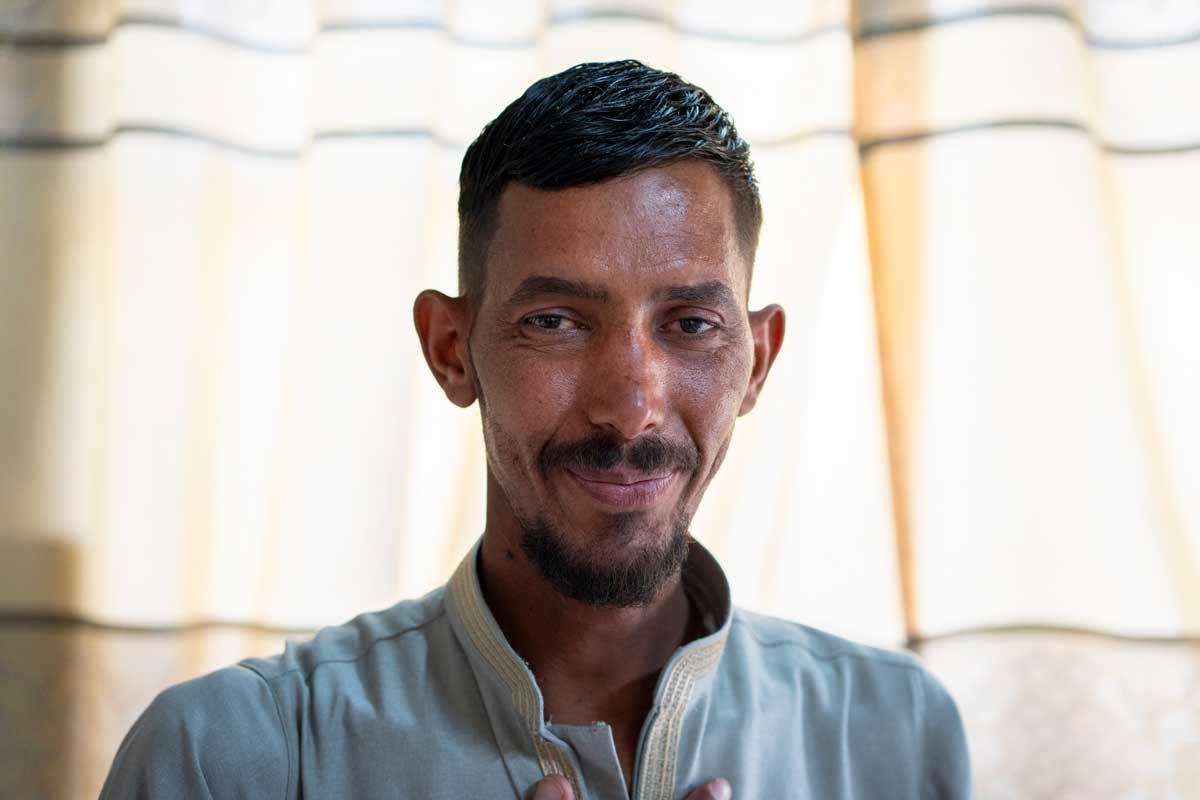
Treatment for drug-resistant TB (DR-TB) is particularly grueling. Too often, patients are hospitalized for months at a time or expected to make daily trips to a health center, which can be financially devastating and is sometimes impossible due to long distances.
The disease also takes an emotional and psychological toll. For most of his treatment, Fawaz kept his distance from family members, though they desperately wanted to be close to him.
When Fawaz was first diagnosed with DR-TB, his treatment involved painful injections, which he was unable to maintain. After months of not being on treatment, Fawaz was connected to Yasir Abdullah and his fellow Directly Observed Therapy Short-Course (DOTs) colleagues from IOM.
Thanks to Yasir and other DOTs workers, Fawaz was put on an all-oral treatment regimen that they delivered to his home. The DOTs workers also helped Fawaz take his medication correctly, provided him with nutritious food and connected him and his family to psychological support. The DOTs workers also accompanied Fawaz to medical appointments.
“Life is getting better,” Fawaz says, “I hope to work again, to be able to go about freely.”
Today, everyone with drug-resistant TB in Iraq has access to the latest all-oral treatment regimens – thanks to strong partnerships and coordination among the government of Iraq, IOM and the Global Fund.
Further east, close to Erbil in northern Iraq, IOM DOTs worker Abdul Qadr visits another patient – one of his youngest.
Have you read?
Four-year-old Adil’s father and grandfather tested positive for TB, and soon after, Adil did too.
Diagnosing and treating TB in children is difficult. TB symptoms are similar to other childhood illnesses and collecting sputum specimens to test can be tricky, as can convincing children to take medications correctly for months at a time.
Adil takes child-friendly TB medication, a drinkable, cherry-flavored medicine. Abdul Qadr sits beside Adil to ensure he takes the entire dose.

Ten years ago, Abdul Qadr left a more lucrative private sector job to work as a DOTs worker. He has worked in camps for displaced people, poor urban settlements, prisons and among other vulnerable communities. At each location, he collected samples to identify people with TB, delivered medications, supported with treatment adherence and provided emotional support.
He has seen firsthand how the latest tools – and dedicated people – are transforming the fight against TB in Iraq.
Reporting and photos by Ashley Gilbertson. With many thanks to Iraq’s National Tuberculosis Program in Mosul and Erbil, and IOM Iraq.

